My Life Amongst Things That You Peddle & Pull
Friday, June 04, 2010
 Hanzhong, Shaanxi, China
Hanzhong, Shaanxi, China
Hey Hey and a Big G'Day toya,
Weird and wonderful forms of transportation have become a major part of my life and the one that almost brings a tear to the eye each time it passes by would be the rickety old two wheeled cart led not by a donkey but by a frail looking elderly man who is struggling to pull what we would use a utility to move from one place to another. The one that has been in my mind since I was a young boy and will live in my memory forever would have to be the Bamboo Pole that lays slung over the shoulder with a basket or bucket attached to each end. It is used everywhere here in China from local market places to building sites and farms. Almost anything can be transported from here to there and believe it or not, I have actually seen High School students using them to carry their amazingly huge amount of books too and from school!
The one I couldn’t live without would have to be the 'Portable Eatery/Snack Shop’.
They are built upon a modyfied typical Chinese three wheeler bicycle and can be found grouped together on the same corner most days and/or nights and others travel around the place from hour to hour to find where the hungriest crowds are. It is whilst Iam relaxing, enjoying some food and maybe a beer or two from the latter that I sit and stare in wonder at all the other ‘things’ on wheels that pass me by.
Now for a little bit on the common bicycle, its history and is place in China
A bicycle, also known as a bike, pushbike or cycle, is a pedal-driven, human-powered, single-track vehicle, having two wheels attached to a frame, one behind the other. A person who rides a bicycle is called a cyclist or a bicyclist.
Bicycles were introduced in the 19th century and now number about one billion worldwide, twice as many as automobiles. They are the principal means of transportation in many regions. They also provide a popular form of recreation and have been adapted for such uses as children's toys, adult fitness, military and police applications, courier services and bicycle racing.
The basic shape and configuration of a typical upright bicycle has changed little since the first chain-driven model was developed around 1885. However, many details have been improved especially since the advent of modern materials and computer-aided design which have allowed for a proliferation of specialised designs for particular types of cycling.
The invention of the bicycle has had an enormous impact on society, both in terms of culture and of advancing modern industrial methods. Several components that eventually played a key role in the development of the automobile were originally invented for the bicycle;
Eg: ball bearings, pneumatic tires, chain-driven sprockets and spoke-tensioned wheels
Bicycles In Modern China
As the most populous country in the world, China has relied heavily on bicycles for passenger transportation. The economic reform policy adopted in the late 1970s has brought dramatic economic growth during the last decade. Subsequently, bicycle ownership in urban areas increased from one bicycle for every three persons in 1980 to one bicycle for every two persons in 1990.
Bicycling is the transportation mode of choice for up to 70% of the urban passenger trips in China. However, because of its slowness, serious traffic problems occur when bicycle traffic mixes with motorized vehicle traffic. The mixing of faster and slower traffic modes causes a lower capacity and results in higher accident rates. In the average Chinese city, about 30% of the traffic fatalities are bicyclists. Traffic separation, better intersection control, and improved bicycle management are recommended to improve bicycle transportation in China.
Rriding from village to town to city through the fascinating countryside. China is an entirely different world that can be experienced under your own power, as it is by most of its 1.2 billion residents. The journey is not the destination, but rather the experiences that you have while traveling from one place to another.
China is a fascinating country full of contradictions, and is rapidly changing.
The cities are being transformed into forests of modern high-rise buildings, while the countryside has remained relatively unchanged. China has tremendous variation of landscape, and the Chinese people are delightful. As the world’s most populous country and the undisputed cycling capital of the world, China remains firmly committed to universal bicycle transportation. Imagine cycling through Chinese cities with thousands of others, almost like a daily bicycle parade or critical mass ride. Cycling through cities and towns you are able to view first-hand how people live and work.
Unlike westerners, the Chinese tend to work out-of-doors, including open-air markets, furniture makers, and dentists so most of Chinese life is visible as you cycle by.
Bicycles are an excellent method for getting around China's cities or looping tourist sights. Actually, China impresses many as the kingdom of bicycles. China had 500 million bicycles by 1987. One bicycle for every two people of its population. Bicycles in China are ingrained in everyday life and are an important means of transportation and are visible everywhere, which is quite different from that bike-riding is just one way of physical exercise or a sport.
Though multi-geared "mountain" bikes are starting to become more and more popular, most Chinese still ride the venerable all-purpose 1-speed commuting bike. The basic model is the one with fenders, chain guard, kickstand, rod brakes, bike bell, rear package carrier, and usually a front handlebar basket. None come equipped with lights of any kind for nighttime riding. It was quite common to see, in 1980's, an entire 3-person family commuting around on a single bike, usually with the father pedaling, the kid perched on an improvised seat squeezed in behind the handlebars, and the wife sitting side-saddle on the rear rack.
However, this scene tends to vanish with the improvement of living standard.
Now one family is rich enough to afford two or more bikes.
Bikes are found in almost every village, town or city, except Chongqing which is built on several such steep mountains that it is a painful thing to ride bikes in the street. Bikes are so essential in people's life that it is so weird if you don't know how to ride a bike. Roads are swarmed with hundreds and thousands of bikes in rush hours of going on and off work. People have to be very skillful of riding bikes in order that he or she can struggle to move forward in such a crowd. In some remote regions where only bikes are able to enter, people are very good at the technique of carrying as much goods as possible when they go downtown faraway.
Bicycles give feelings of freedom and of returning to nature.
Cyclists can visit ancient sites, and stop and explore things along the way.
Cycling does not harm the natural environment and doesn't cause pollution and it is also a convenient way of traveling that is becoming more and more popular. Take Yangshuo in Guilin for instance. Cycling the countryside to enjoy the breathtaking scenery beside the road or along the river is an activity that can't be missed.
China is a country full of contradictions.
On the one hand, modern high-rise buildings are being fast constructed in the cities; while on the other hand, its countryside remains relatively unchanged. Cycling through the cities and towns provides you with a first-hand view of how ordinary people live in this fast-changing country.
China has traditionally been a nation of pedestrians, bicycle riders and train and bus takers. In the Mao era there was few traffic problems because there were few motorized vehicles. But recently and in a very short period of time China has advanced from the bicycle stage to the car stage. Roads once filled with bicycles are now filled with cars.
Many goods are still moved by carts and wagons or pulled by tractors or bicycles. Up until recently most goods in China were transported around the cities of flat bed pedicabs—bicycle versions of a pick-up truck. Horse drawn carts still ply the streets in cities and towns. Three-wheeled tractors with carts are a common form of transportation in rural China.
Rickshaws & The Mao Era
It was estimated that there were 100,000 rickshaws on the streets of Shanghai in the 1920s. The Communists outlawed rickshaws because they considered them degrading to those who drove them, even though many rickshaw drivers thought it was perfectly reasonable way to make a living.
Rickshaw drivers still eking out a living in Beijing often make most of their money by moving stuff for people who are too poor to hire a moving truck. One driver from Anhui Province who had no home in Beijing either slept in his rickshaw or on a bench at the Forbidden City told the New York Times, "The only happy thing is to have money. You don’t have bitterness. You don’t have to feel tired."
In the Mao era bicycles were regarded as one of "three bigs" along with a sewing machine and wristwatch. People placed their names on waiting lists for years to get them and took out loans form the factories where they worked to help pay for them. Chinese valued bikes in part because the public bus system was so bad and owning a car was impossible. Many cities had wide bike lanes, ample parking spaces on the sidewalks and bicycles had the right of way at intersections.
The First Bicycles in China
The first bicycles with air-filled rubber tire seen in China were ridden by two Americans, named Allen and Sachtleben, who ended a three-year bicycle journey from Istanbul to China in 1891 recorded in the book Across Asia on a Bicycle. Not long afterwards the child-emperor Puyi passed many hours in the Forbidden City riding around on a bicycle given to him by his Scottish tutor.
Electronic Bikes (E-Bikes)
Electric bikes known s as e-bikes have become very popular in recent years. Costing $200 to $300, they can reach a top speed of 30kph and go 50 kilometers (more with pedaling) on a single charge of electricity that costs 16 cents. The lead-based batteries last about a year and can be recycled. In some cities they account for 50 percent of all bicycles used.
About 20 million e-bicycles were sold each year in 2007 and 2008. Some buyers are former car owners. One 45-year-old saleswoman told the Washington Post, “My family bought our first car in the 1990s but we sold our car last year. Having a car is not that convenient, compared with an e-bike.”
Commuting and Commerce by Bicycle in China
The Chinese ride their bicycles in the rain and snow. Up until fairly recently when it rained in Shanghai, the streets filled with bicycle riders in blue, yellow, red and purple ponchos. There were so many bicycles in Shanghai that sometimes traffic stammered to a halt with bicycle gridlock.
China has roads and reserved for bicycles.
Roadside bicycle repairmen are common sights.
Each year there around 350 bicycle related fatalities in Shanghai. Chinese cyclist often ride against the flow of traffic, swerve suddenly and come flying in off of side roads without looking. Posters of cyclists horribly mutilated in accidents are hung up all over town. Cyclists who have survived several accidents are often sent to "re-education classes."
The Chinese perform modern day miracles with their bicycles and tricycles.
Farmers take 100 kilogram pigs to slaughter on the back of tricycles.
Bicycle Production in China
Each year China produces 17½ million bicycles, three times as many bicycles as it nearest rivals, Japan and the U.S. If these bicycles were lined up together they would stretch three quarter of the way around the world. In the Mao and Deng eras China produced even more.
At its peak, the Shanghai Forever Bicycle Company alone produced 33.5 million bicycle every year, and one out of every four Chinese rode a bicycle made at this factory. Most of the bikes made there were black one-gear models made from water pipe known as Flying Pigeons. Models exported to the U.S. were called Wind Catchers. Many of the sophisticated road bikes and mountain bikes sold around the world today are made in China or Taiwan.
Around 20 million bicycles are sold in China for the domestic market. These days more Chinese-produced bicycles are sold for export. In China The sale of mountain bikes and multi–geared bikes is rising in China as sales of traditional clunkers is declining. Bicycles are increasingly being looked upon as recreation vehicles as well as means of commuting and running errands.
Beers N Noodles toya…..shane
PS: the photos for this entry are from my Peddle and Pull Facebook album.
FACEBOOK PHOTO ALBUMS
Over the past few months several of my Facebook contacts have emailed me wondering why I haven't added anymore new albums. Sadly I no longer can access FB and sadly I still have another twelve or so albums to add to the fifty two already there. For those that don't know FB is where I have been storing my 'best of' photos. I have over twenty thousand photos from the past five years and over the last few years I have been simply choosing a topic such as 'Thngs that Move - Peddle & Pull' and over a few beers going through my photos and choosing the best one hundred and twenty for each topic. It's kind of my way to keep my best photos online somewhere just incase my apartment burns down or I'm robbed and lose everything, at least then I will have as many of my best photos that I can think up topics for.
Of course I do have my blog here on TP but when I look at other peoples photos I love to see their best of shots and if possible broken down into topics as there is really no better way to really see a country than by have broken down into photographic 'topics' as its more like a set of coffee table books. I love working with and sorting through my photos and offering these 'coffee table' albums to my family and friends so I have been thinking that I will start a new blog and simply download my FB albums onto it and that way people who want to really see China can simply check out my best of photos and not worry about having to read my actual blog.
Problem is though I already have over thirteen thousand photos on TP so do I do it here on TP or find a new Travelblog site and begin again. I'm thinking that TP and using my current 'eddakath' name is the best thing to do. If you take away all the information about the bicycle above and only keep the first two paragraphs and then add another seventy photos then thats what it will be all about.
Usually there are two or three albums on the one topic for example;
Things That Move: 1 Peddle & Pull, 2 Motorised & 3 Baskets and Bamboo.
Mythical Things: 1 Trees, 2: Bridges & 3: Realities
Watery Things: 1: City, 2: Country & 3: Oceanic
Rural Villages: 1: Childrens Happiness, 2: Homes & 3: Life and Society
Walls, Floors & Ceilings: 1 Stone, 2 Wood & 3 Colour
The South of China: 1 Food & 2: Buildings
The North of China: 1 Food & 2: Buildings
Anyhow, let me know if you enjoyed this entry and think its a good idea.
___________________________________________________________
The soundtrack to this entry was by my beloved World Party
The album was a random mix from ‘Bang, Egyptoliogy & Dumbing Up’
____________________________________________________________
Other Entries

 Hanzhong, Shaanxi, China
Hanzhong, Shaanxi, China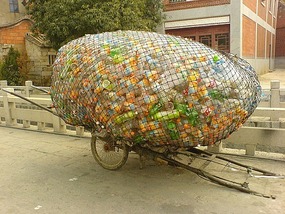
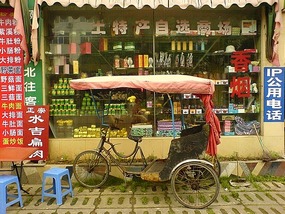
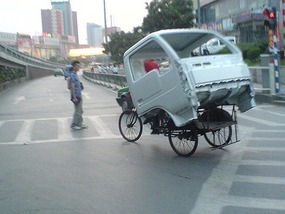
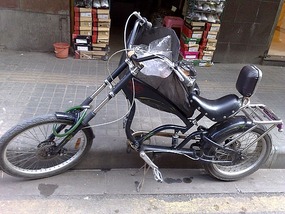

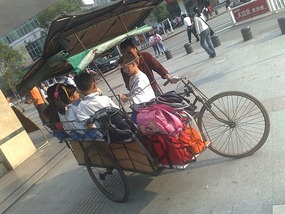
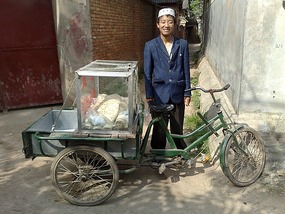

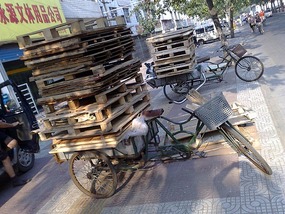
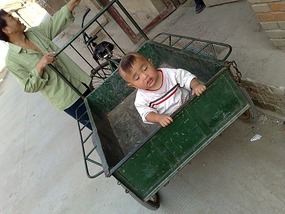
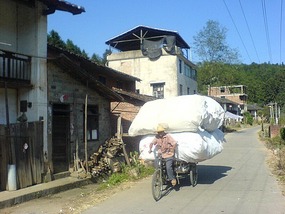

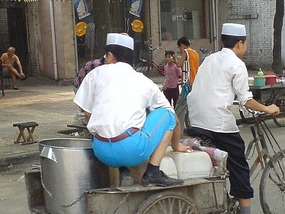
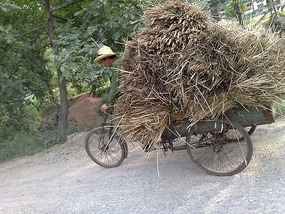

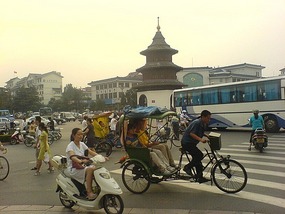
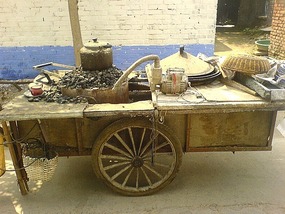
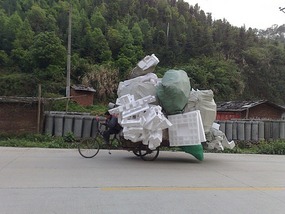
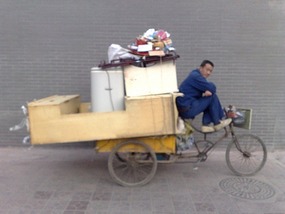
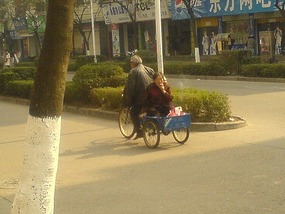
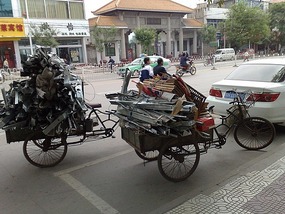
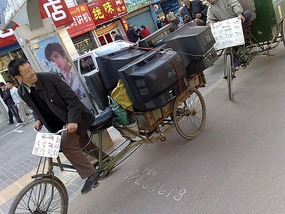


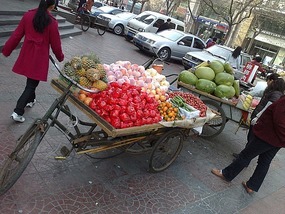
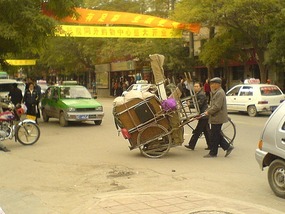
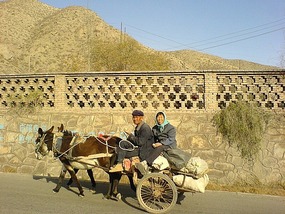
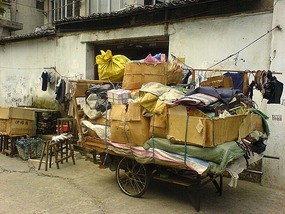
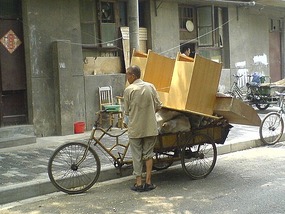
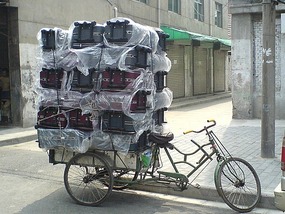
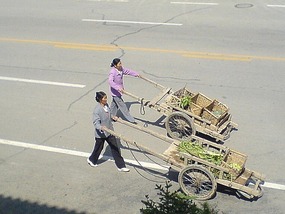
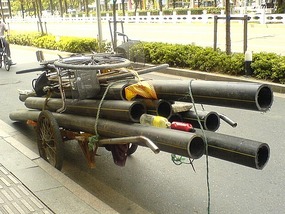
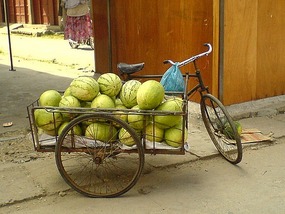

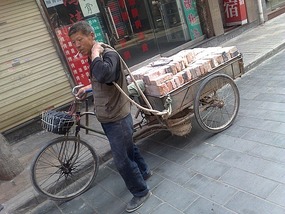
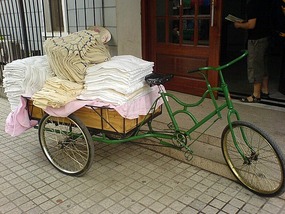
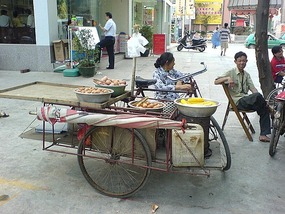
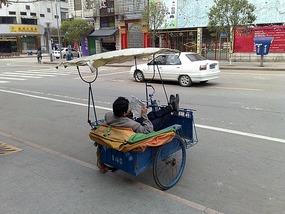
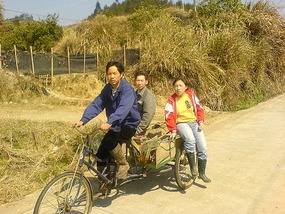
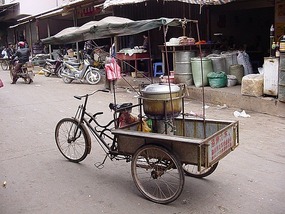
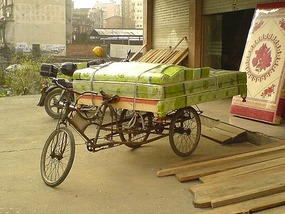
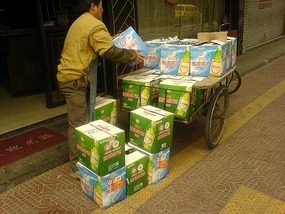
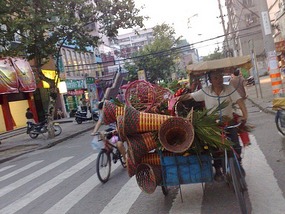
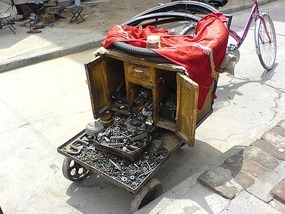
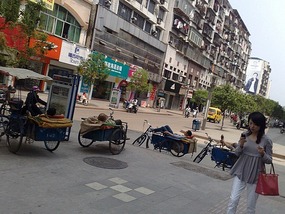
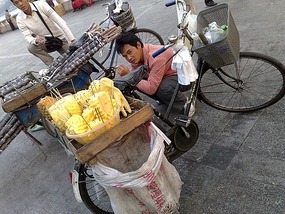
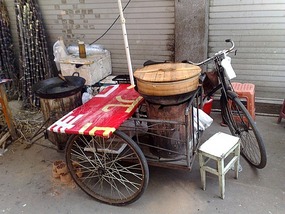
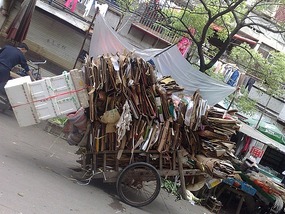
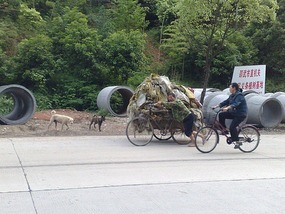
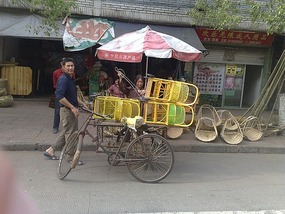

2025-05-22